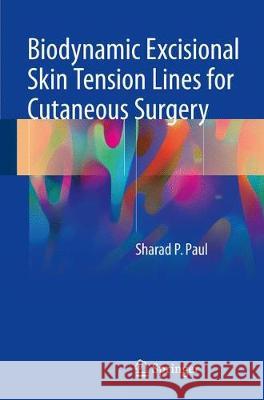Biodynamic Excisional Skin Tension Lines for Cutaneous Surgery » książka
topmenu
Biodynamic Excisional Skin Tension Lines for Cutaneous Surgery
ISBN-13: 9783319714943 / Angielski / Miękka / 2018 / 188 str.
Kategorie BISAC:
Wydawca:
Springer
Język:
Angielski
ISBN-13:
9783319714943
Rok wydania:
2018
Wydanie:
2018
Ilość stron:
188
Waga:
0.42 kg
Wymiary:
23.5 x 15.75 x 1.19
Oprawa:
Miękka
Wolumenów:
01











